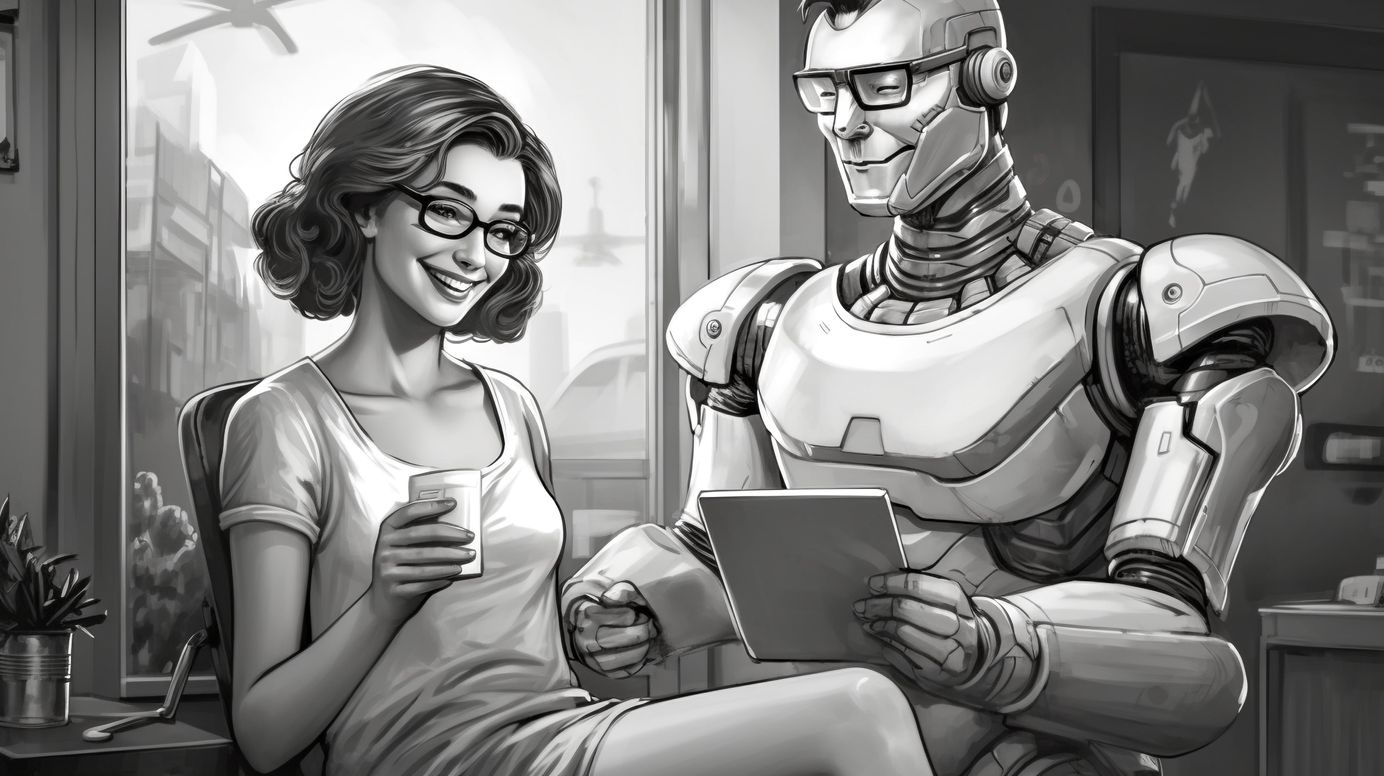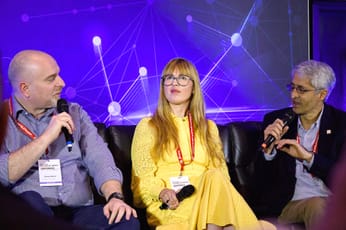LeWeb: From incremental to disruptive innovation
What does truly disruptive innovation look like? The opening session of LeWeb 2014’s third and final day set out to explore that in series of talks. Here’s some liveblogged notes:
Brian Solis – Innovation as an ecosystem

What is possible with disruption when you look beyond a product or a service? What happens when the world adapts to you, rather than you adapting to the world? At the heart of it is doing something better, making your world better than it was before.
In his conversations with companies and people, Brian sees too much incrementalism – steady little pushes forwards all the time. True innovation changes everything around it. True innovation – and true disruption – starts by questioning everything.
Here’s two examples of people doing exactly that.
Marcus Weller – Skully

In 2011 Weller was on his way to an appointment in Barcelona on his motorbike. He looked at a street sign, and by the time he looked back at the road he was crashing into a smart car. If he’d had a “floating” map in front of him in his helmet, it wouldn’t have happened. He looked for it, couldn’t find it, so set out to build it himself.
Two big challenges:
- Make it visible in bright light
- Only show what the rider needs, when they need it.
Riders are generally doing head checks of their environment all the time. This brings some of those pieces of information directly to them. Riding is a highly cognitively loaded task. They want to reduce that load by providing sensory awareness, without intruding too much on the driver’s consciousness, and thus distracting them from the road.
Their IndieGoGo campaign hit $1m in 48 hours.
"We kicked off the campaign at 6am & hit a quarter million $ in 6 min!" @MarcusDWeller about @SkullySystems #leweb https://t.co/ILHxSuuXDf— LeWeb (@leweb) December 11, 2014
Helmets had been foam and shells for 40 years – how could they move it on from something that protects your head when you have an accident to something that stops you having that accident? One company is starting to produce Skully-ready bikes, which will project their telemetry into the helmet – no need for drivers to refocus to get that information. One less chance of crashing.
Down the line, the helmet could be part of a network that will prevent smart, self-driving cars from driving into motorbikes. But, right now, they’re concentrating on shipping in time… The current helmet design is powered by a nine-hour battery, but they’re working on an integrated turbine to charge it as it goes.
Jeremy Johnson, Andela

Andela trains extraordinarily bright young people in Africa to be world-class problem solvers. Human brilliance is roughly evenly distributed across the population. When you look at a population of the size of Nigeria, and its unemployment levels, you realise that there is a huge pool of talent with no normal route into work.
He can produce a 95th percentile coding problem solver with 1000 hours of training for half the cost of doing that in the US. There’s a growing skills gap. The skills that are in most demand are in technology, and shifting faster than universities can shift to meet demand. People starting at, say, Google are behind, because universities are at least 18 months behind.
Students are working from almost the beginning of the course. It take four to six months for them to reach a position where they can start serious working as a remote developer, but the overall course last four years. They expect their graduates to move on to start their own businesses and inspire the next wave of talent.
Investing in disruption

The session on disruptive innovation started with a panel discussion on funding it. The panel was:
- Host: Nina dos Santos, CNN
- Eric Archambeau, Wellington Partners
- Philippe Botteri, Accel Partners
- Benjamin Ling, Khosla Ventures
Here’s some notes of the conclusions they agreed with:
- Companies used to go public at a certain valuation, and ramp up from there. Now, they’re being valued in anticipation of that – the ramp up is before the IPO – not after it.
- Given the potential market size of mobile-centric businesses, ut makes perfect sense for some of them to be valued very highly.
- Don’t just invest in vision – although that’s vital – invest in an entrepreneur and a team.
- One big opportunity: don’t just look at consumers. Think about collaboration with existing large businesses
- The US VC market is very concentrated, while Europe is more diffuse – a collection of hubs.
- Do investors have some responsibility to look at the ethics of the companies in their portfolio? Yes, seems to be the conclusion. They need to be smart about how they disrupt markets – because there are long-term benefits, and long-term consequences.
Like the liveblogging? I’m part of Events in Progress – a business devoted to helping you capture your event’s content – and making the most of it.
Sign up for e-mail updates
Join the newsletter to receive the latest posts in your inbox.










